
Hi, I’m Chris Ryan. Are your golf shots inconsistent? Does the ball drift or contact feel weak? This guide is your solution for cleaner contact and more consistent iron shots. Discover why the first move in your swing, the takeaway, holds the key—not your weight shift. Learn the effective drills and practice routines used by experts at the Chris Ryan Golf Academy. Transform your swing, refine your ball flight, and maximize practice efficiency with us today.
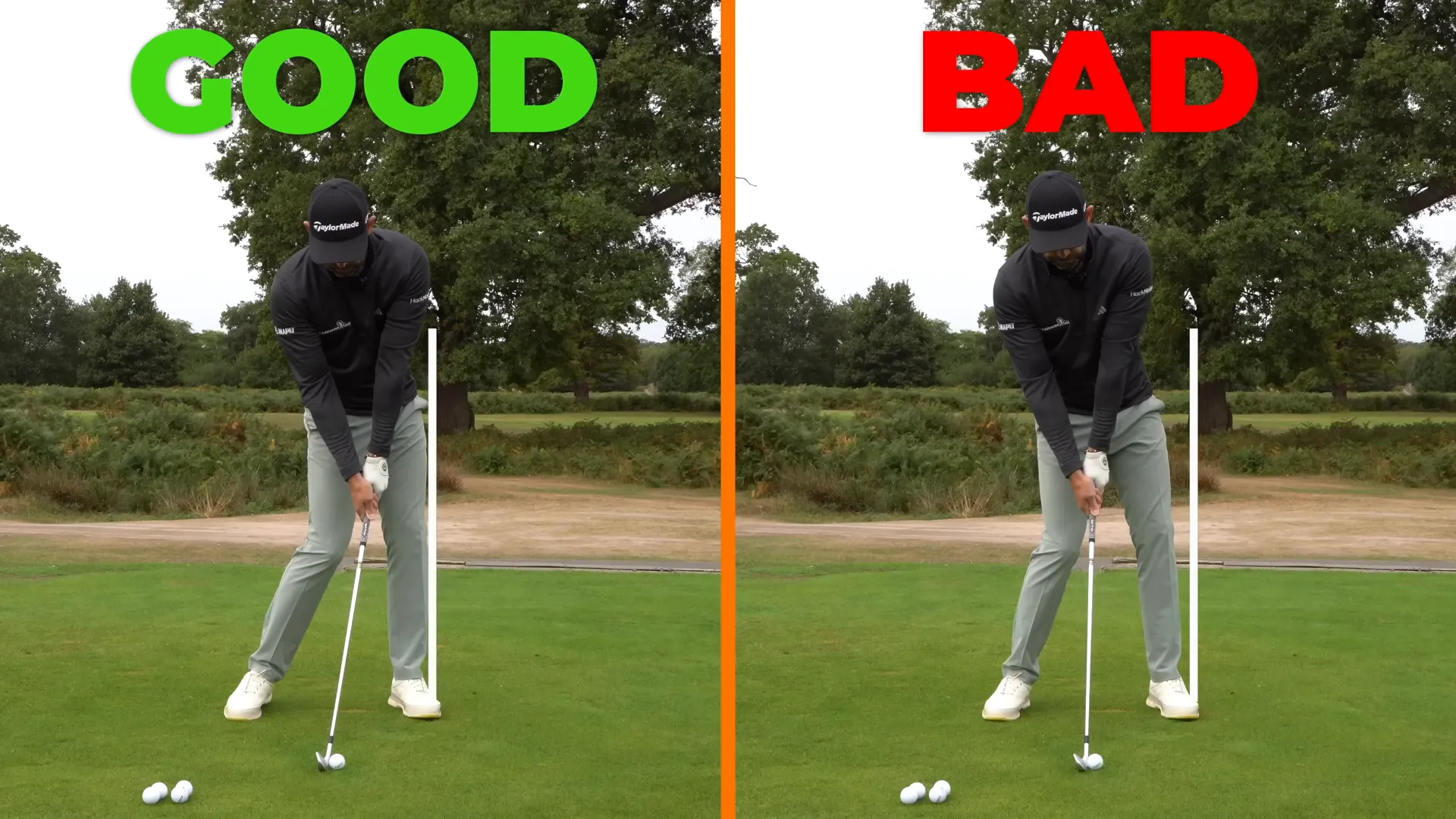
Table of Contents
- Introduction: Why your weight shift probably isn’t the real problem
- Understanding the Correct Weight Distribution at Impact
- Diagnose Your Takeaway — Common Faults
- Drill 1 — The Belly-Button Club Takeaway
- Drill 2 — The Resistance Bag Drill
- Practice Routine and Progression for Lasting Change
- Troubleshooting — Common Mistakes and Fixes
- FAQ — Weight Shift, Takeaway, and Golf
- Final Checklist — What to Do Next on the Range
Introduction: Why your weight shift probably isn’t the real problem
Golfers often obsess over weight distribution at impact—hitting specific percentages on your lead side. But focusing solely on the endpoint can miss the root cause within your swing. Often, the true culprit is your takeaway—the first move away from the ball. Initiating with your core rather than your hands and wrists leads to a better weight shift naturally.
Understanding the Correct Weight Distribution at Impact
The ideal shot involves having around 75% of your body’s pressure on your lead leg at impact. While exact percentages aren’t critical, feeling pressure in your lead side plays a pivotal role in achieving:
- Optimized strike by compressing the ball into the ground.
- Prevention of scooping, where your hands lift, diluting ball compression.
- Consistent loft and distance control with irons.
This weight distribution problem often spots another issue with your takeaway and initial swing movement.
Diagnose Your Takeaway — Common Faults
Amateur golfers often err by using hands or wrists to initiate the swing, neglecting necessary pressure shifts early in the move. This leads to:
- A delayed pressure transition to the trail side, leading to rushed weight shift back during the downswing.
- Poor, inconsistent strikes from inadequate lead side pressure at impact.
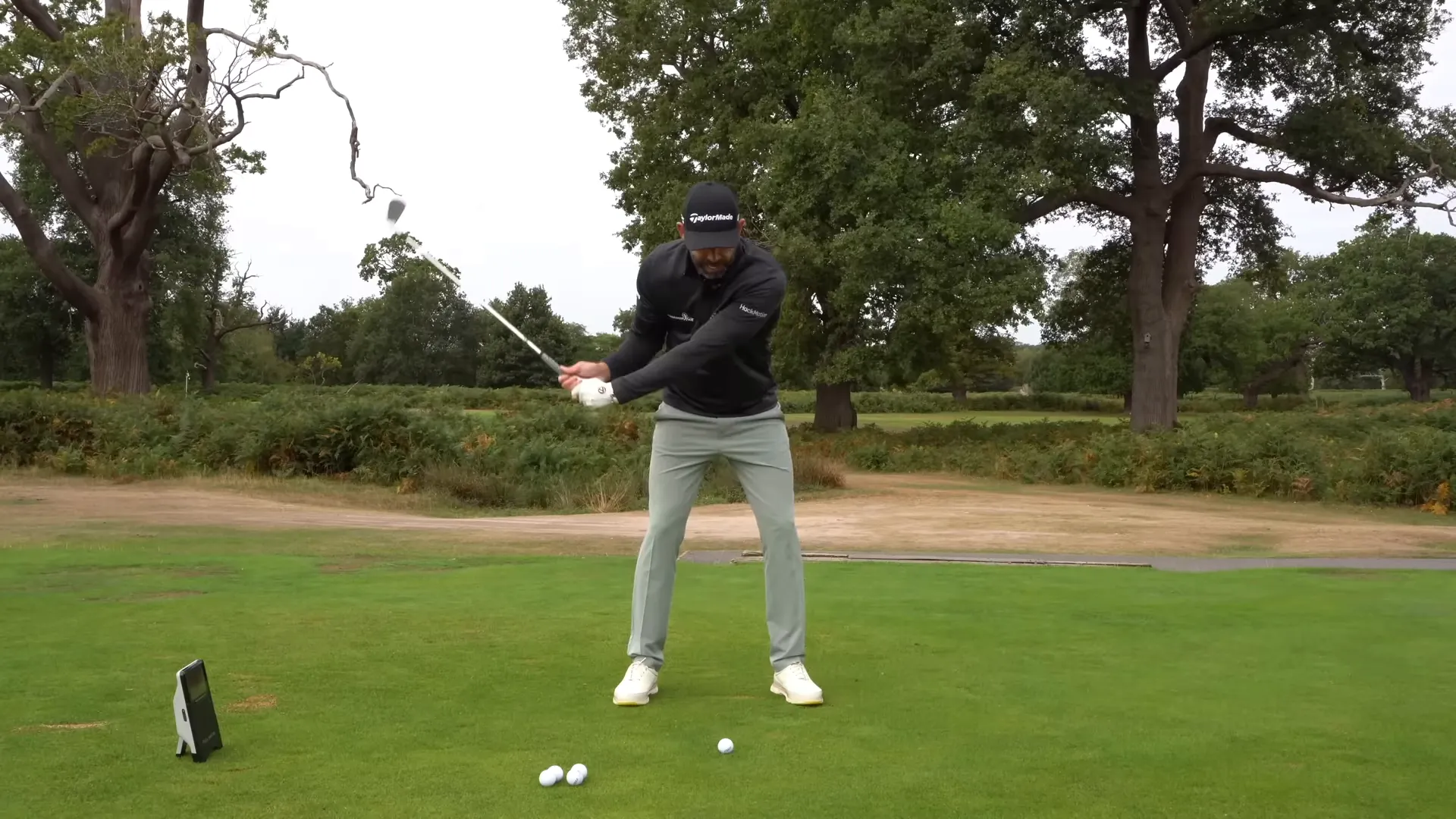
Drill 1 — The Belly-Button Club Takeaway
Follow this drill to learn how your core starts the move, avoiding hand-driven faults:
- Place the club’s butt against your belly button, holding it lower than usual.
- Take your normal setup and feel slight pressure towards your lead side (55% lead).
Use this to initiate swing with your body, starting the correct trail side pressure early on.
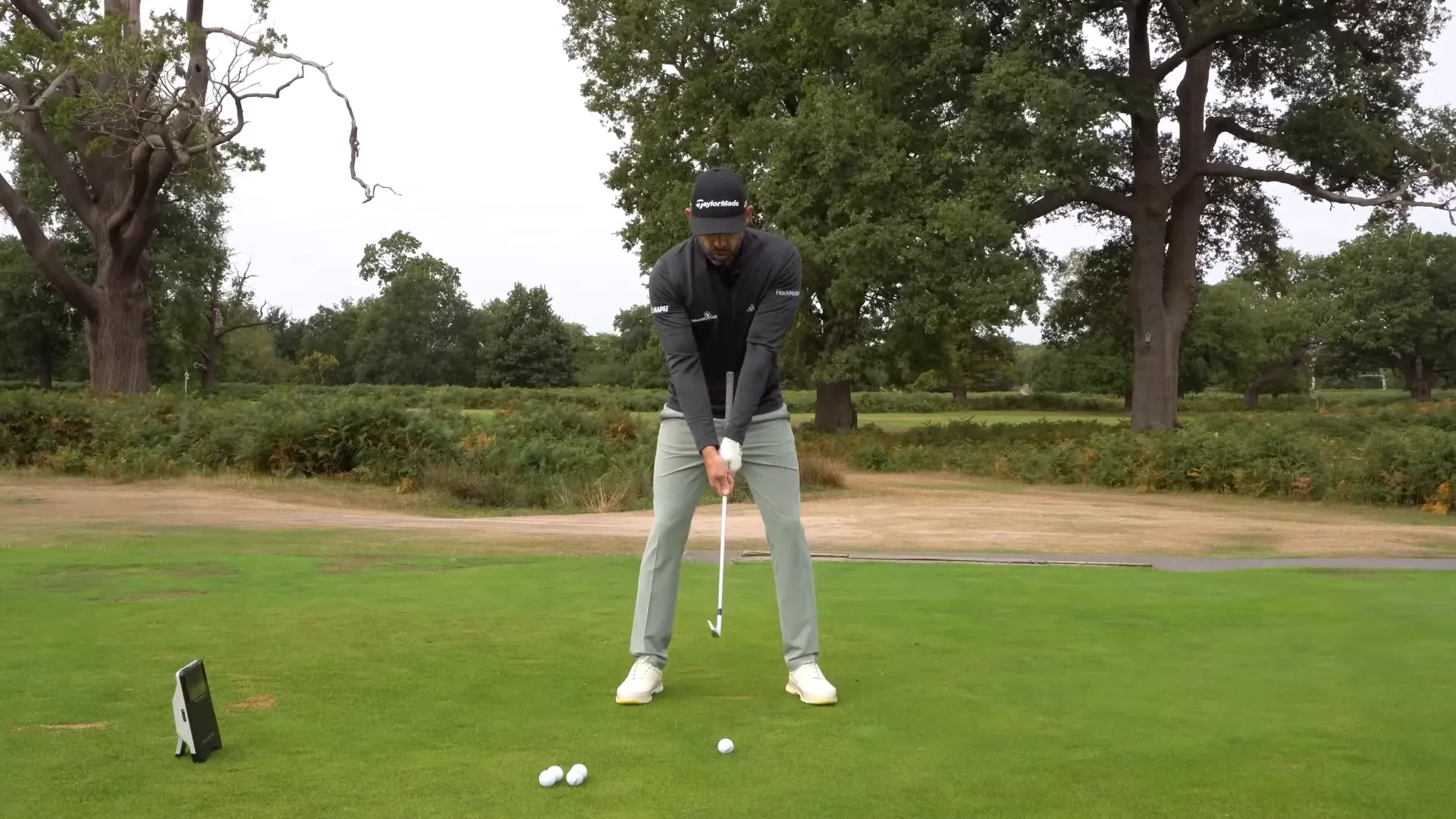
Drill 2 — The Resistance Bag Drill
This drill emphasizes ground reaction to power your swing:
- Place a bag in front of you at address position.
- Position the club against it, light grip pressure, push using your body.
Aids in feeling how body and legs drive motion, not your hands.
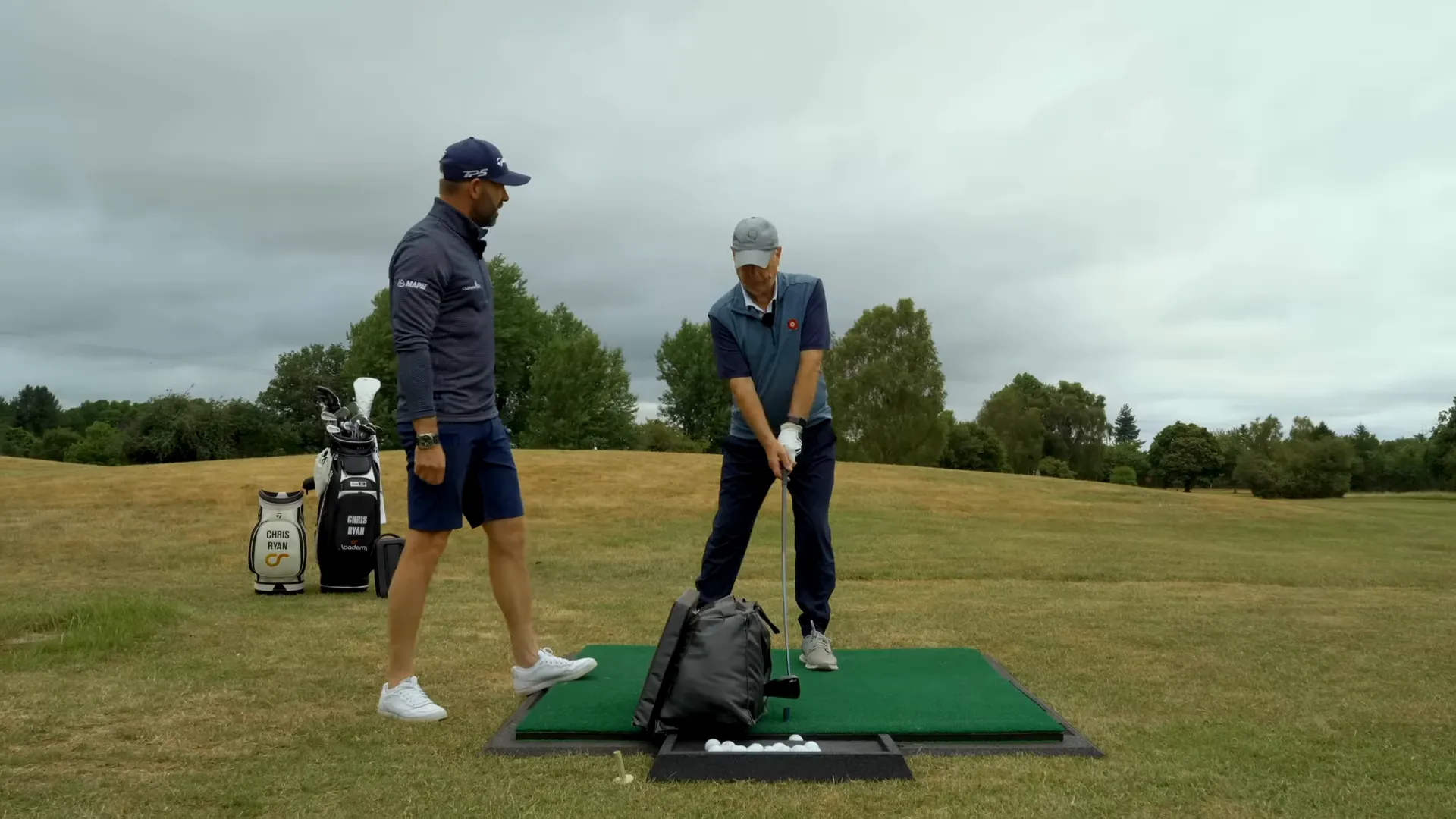
Practice Routine and Progression for Lasting Change
Over 4-6 weeks, use this weekly plan thrice:
- Warm-up with mobility exercises, wedge swings.
- Focus on Drill A: Belly-Button Club for three sets of 20.
- Drill B: Resistance Bag for three sets of 10 reps.
- Integrate via 20 half swings, focusing on body initiation.
- Execute 20 full swings, maintaining focus on strike quality over distance.
Troubleshooting — Common Mistakes and Fixes
Problem: Grip slips from your belly button
Solution: Ensure slow movements, emphasize core initiation.
Problem: Arms collapse early
Solution: Maintain width, reinforce with the belly-button drill.
Problem: Early slide on a rounded downswing
Solution: Early trail pressure practice, smooth re-centering transitions.
Problem: Awkward resistance bag drill
Solution: Use lighter resistance, focus on body-leg connection.
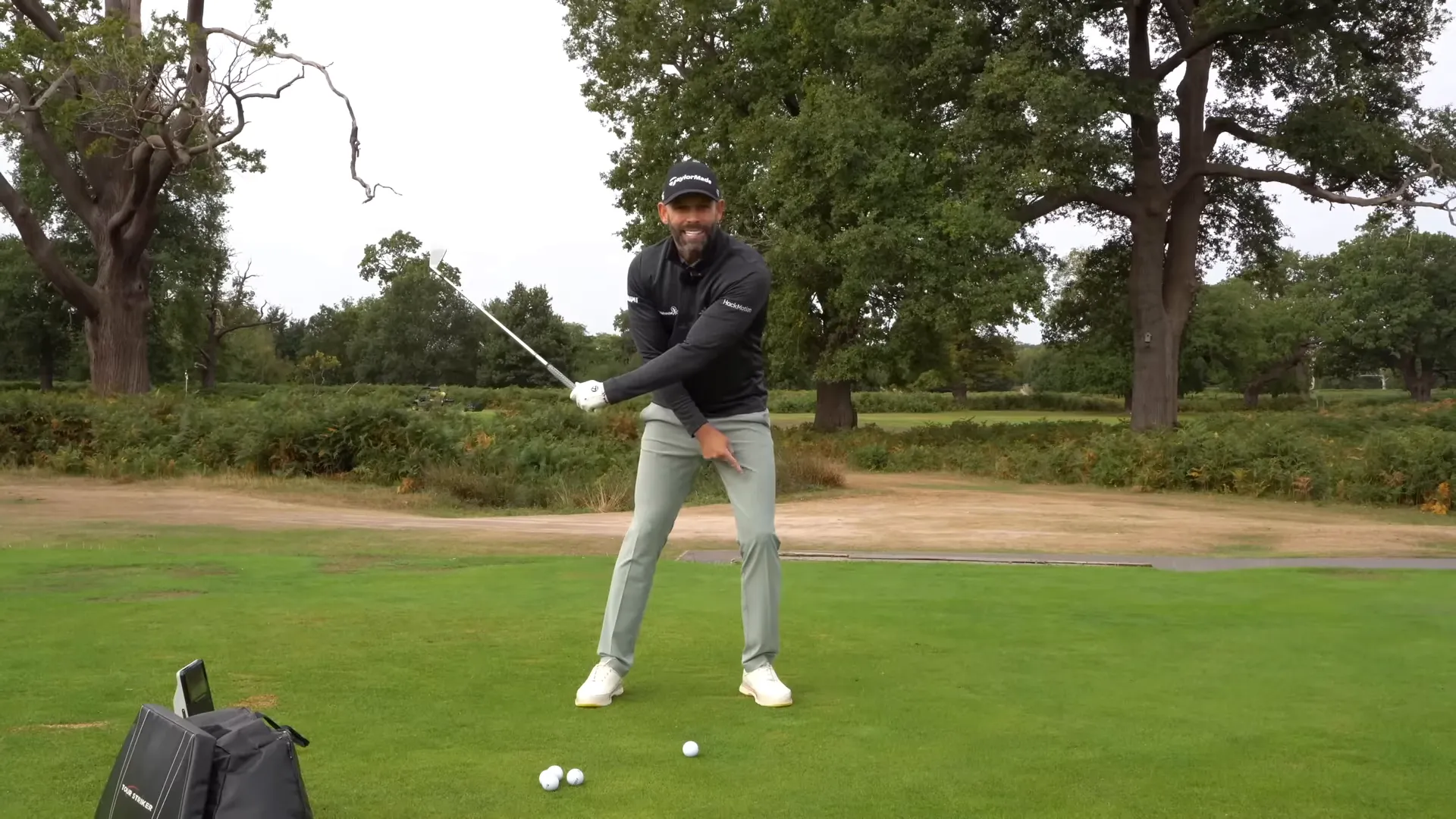
FAQ — Weight Shift, Takeaway, and Golf
Q: Early trail pressure—why is it needed?
A: Setting pressure early allows time for a balanced downswing transition, leading to cleaner impact.
Q: Does the drill help drivers too?
A: Yes, a body-first start helps across all clubs, adjusted for swing length and position.
Final Checklist — What to Do Next on the Range
- Warm-up with 10 slow belly-button drill reps.
- Perform 5 resistance bag drill reps.
- Focus on trail foot pressure early in 10 half swings.
- Complete 20 full shots, noting balanced top positions.
- Record swings to track trial loading and centering improvements.
Fixing the takeaway isn’t a minor adjustment—it’s the start of powerful, consistent golfing. Mastering these drills will redefine your practice effectiveness and shot quality. Begin today for transformative results.


0 Comments